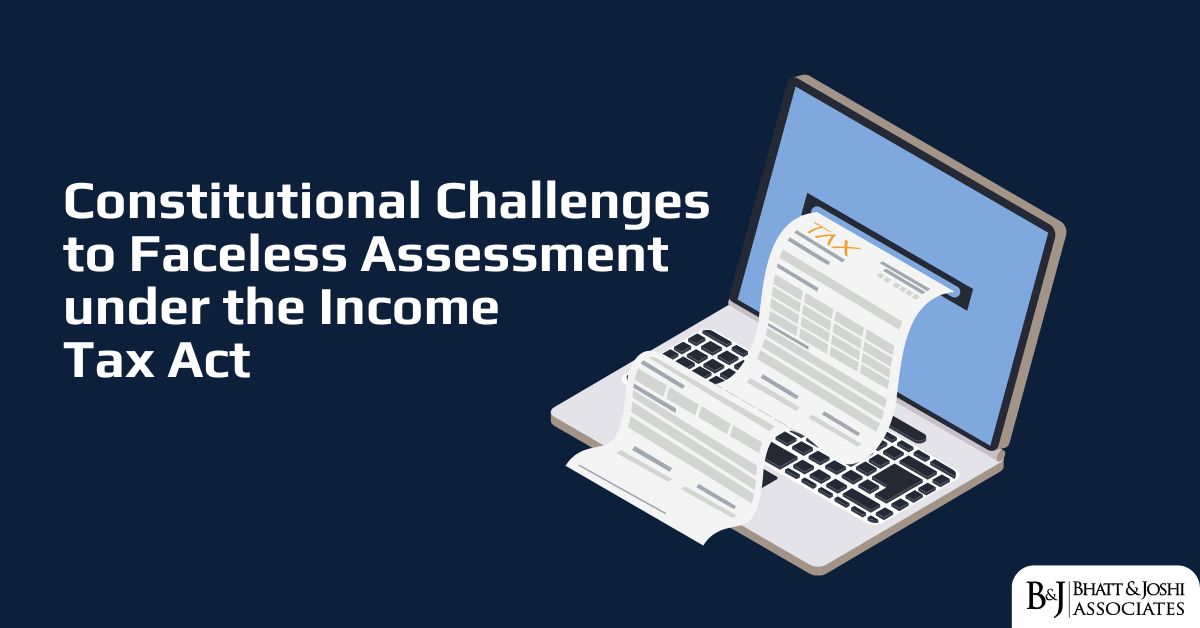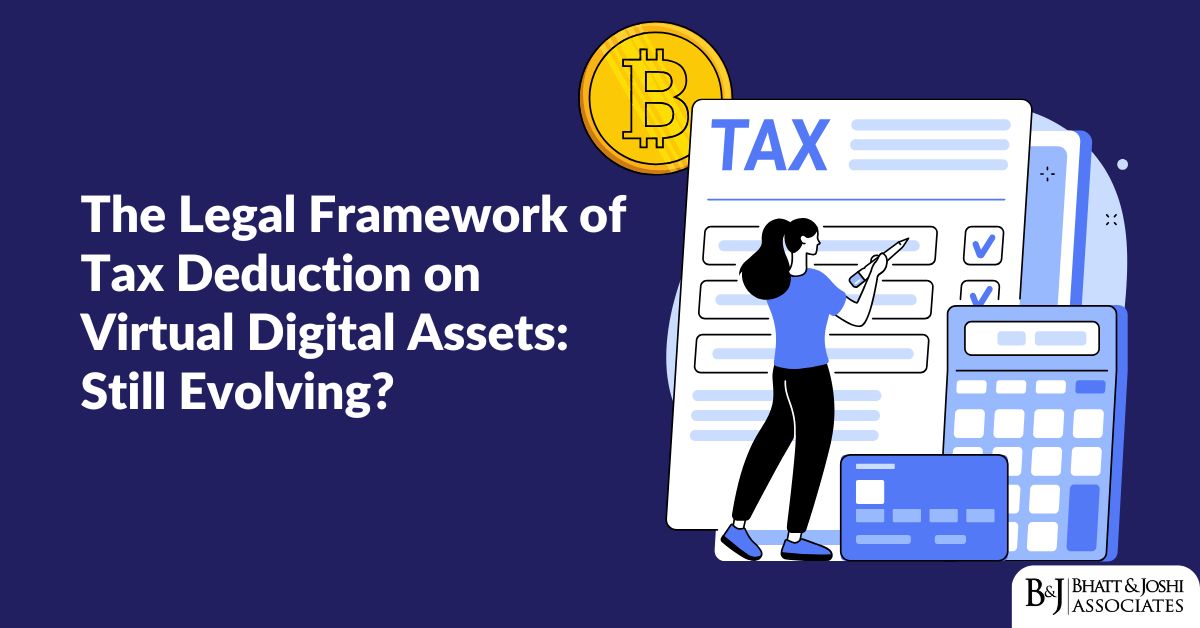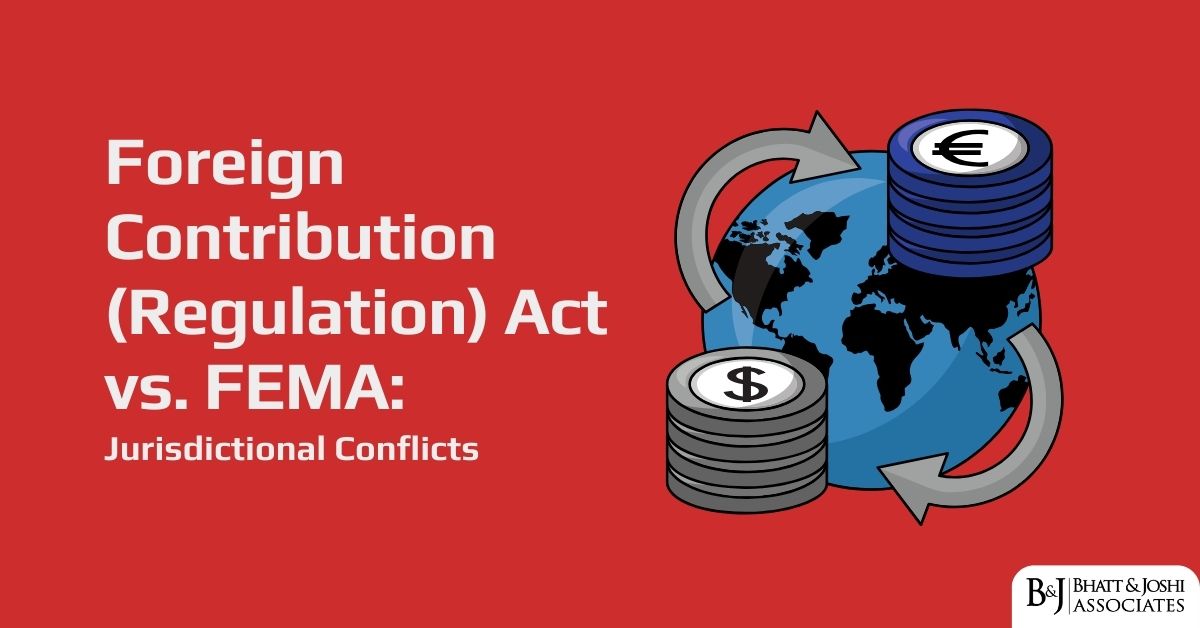Introduction
The doctrine of indoor management, also known as the rule in Royal British Bank v. Turquand, stands as one of the foundational principles of company law that has shaped business interactions for over a century. This principle emerged as a practical solution to a fundamental problem: how can outsiders dealing with a company be protected when they cannot verify whether the company’s internal procedures have been properly followed? The doctrine essentially provides that persons dealing with a company in good faith may assume that the company’s internal requirements and procedures have been complied with, even if they later turn out to have been irregularly performed or neglected altogether. This protection for outsiders has facilitated countless business transactions by eliminating the need for exhaustive due diligence into a company’s internal workings before every interaction. However, as we navigate through the digital age characterized by electronic record-keeping, instant information access, and transformed corporate governance practices, legitimate questions arise about the continuing relevance and appropriate scope of this venerable doctrine. This article examines whether the doctrine of indoor management remains a necessary protection in contemporary corporate dealings or whether technological advances and regulatory developments have rendered it obsolete.
Historical Development and Traditional Rationale
The doctrine of indoor management emerged from the landmark English case Royal British Bank v. Turquand (1856), where the Court of Exchequer Chamber established that outsiders contracting with a company were entitled to assume that acts within the company’s constitution had been properly performed. In this case, directors had issued a bond without the required resolution from shareholders. The court held that the bond was binding on the company, as the bondholders could not be expected to investigate whether the company’s internal procedures had been followed.
The doctrine evolved as a necessary counterbalance to the rule of constructive notice, which deemed outsiders to have notice of a company’s publicly filed documents. While outsiders were expected to know what the company could do (based on its memorandum and articles), they were not required to verify that internal procedures were properly followed when the company acted within its powers. As Lord Hatherley stated in Mahony v. East Holyford Mining Co. (1875), outsiders “are bound to read the statute and the deed of settlement, but they are not bound to do more.”
In the Indian context, the doctrine received recognition in numerous judicial decisions, with the Supreme Court articulating its scope in Shri Krishnan v. Mondal Bros & Co. (1967), holding that “a person dealing with a company is entitled to assume that the acts of the officers or agents of the company in the matters which are usually done by them according to the practice of companies generally are within the scope of their authority.”
The traditional rationale for the doctrine rested on practical business necessity. Outsiders could not reasonably be expected to investigate a company’s internal workings before every transaction. Such a requirement would impose prohibitive transaction costs, impede commercial dealings, and undermine the efficiency of corporate operations. The doctrine thus facilitated commercial transactions by providing certainty to outsiders that their dealings with the company would not be invalidated by internal irregularities unknown to them.
The Digital Transformation of Corporate Governance
The business environment in which the doctrine of indoor management developed has undergone profound transformation in the digital age. Several key developments have particularly significant implications for the doctrine’s application:
Electronic record-keeping and digital documentation have revolutionized corporate record management. Company resolutions, board minutes, and authorization documents now typically exist in digital formats, often with secure timestamp features and electronic signature capabilities that create verifiable authorization trails. This digital transformation has made internal corporate records more readily accessible, searchable, and verifiable than their paper predecessors.
Online corporate registries maintained by regulatory authorities have dramatically enhanced transparency. The Ministry of Corporate Affairs’ MCA-21 portal in India, for instance, provides public access to company filings, annual returns, and financial statements. This increased accessibility allows outsiders to verify aspects of corporate governance that were previously hidden behind the corporate veil, potentially reducing information asymmetries that the indoor management doctrine was designed to address.
Digital verification technologies have emerged as powerful tools for confirming corporate authorizations. Digital signature certificates (DSCs), blockchain-based verification systems, and other authentication technologies can provide reliable evidence of proper authorization. These technologies potentially enable outsiders to verify the authority of corporate representatives without intrusive investigation into internal procedures.
Regulatory frameworks have evolved to mandate greater corporate transparency. The Companies Act, 2013, introduced enhanced disclosure requirements, stricter procedures for significant transactions, and clearer delineation of authority. These regulatory developments have increased standardization in corporate procedures and made verification of proper authorization more feasible for outsiders.
These digital-age developments raise legitimate questions about whether the fundamental premise of the indoor management doctrine—that outsiders cannot reasonably verify internal procedures—remains valid. If technology has made such verification practical and cost-effective, should the doctrine continue to shield outsiders from the consequences of failing to perform due diligence that is now readily available?
Contemporary Judicial Approach
Indian courts have gradually refined the application of the indoor management doctrine to accommodate changing business realities while preserving its core protective function. This evolution is evident in several significant decisions.
In MRF Ltd. v. Manohar Parrikar (2010), the Supreme Court emphasized that the doctrine “cannot be extended to validate acts which are not incidental to the ordinary course of business or not essential for carrying on the business of the company.” This limitation recognizes that in an age of increased transparency, outsiders can reasonably be expected to verify authority for unusual or extraordinary transactions.
The Delhi High Court in IDBI Trusteeship Services Ltd. v. Hubtown Ltd. (2016) considered the doctrine’s application in the context of modern corporate governance, noting that “while the doctrine of indoor management continues to protect innocent third parties, its application must be balanced against the enhanced due diligence expectations in contemporary commercial practice.” The court indicated that sophisticated financial institutions may be held to higher standards of verification than might apply to ordinary individuals.
In Eshwara Hospitals Corporation v. Canara Bank (2018), the Karnataka High Court addressed the doctrine’s application to electronic transactions, holding that “the mere fact that a transaction occurs through digital means does not eliminate the protection of the indoor management rule where internal irregularities remain reasonably undiscoverable despite normal diligence.” This decision acknowledges that despite technological advances, some internal matters may remain properly “indoor” and beyond reasonable verification.
These judicial developments suggest a nuanced approach that maintains the doctrine’s protective core while adjusting its scope to reflect contemporary realities. Courts increasingly consider factors such as the nature of the transaction, the sophistication of the parties, the accessibility of verification methods, and the reasonableness of reliance in determining whether the doctrine should apply.
Limitations in the Digital Context
Several established limitations on the doctrine of indoor management have gained renewed significance in the digital age:
Knowledge of irregularity has long been recognized as defeating the doctrine’s protection. In Anand Bihari Lal v. Dinshaw & Co. (1946), the Privy Council held that the doctrine “in no way negatives the rule that a person who has notice of an irregularity cannot rely on the rule.” In the digital age, constructive knowledge may be more readily imputed given the increased accessibility of corporate information, potentially narrowing the doctrine’s protection.
Suspicious circumstances requiring inquiry have been recognized as limiting the doctrine’s application. In Underwood Ltd. v. Bank of Liverpool (1924), the court held that the protection does not extend to circumstances “so unusual as to put the third party on inquiry.” The digital age has lowered barriers to preliminary inquiry, potentially expanding what constitutes “suspicious circumstances” that trigger a duty to investigate.
Forgery has consistently been held to fall outside the doctrine’s protection. In Ruben v. Great Fingall Consolidated (1906), the House of Lords established that the doctrine cannot validate documents that are forged rather than merely irregularly executed. Digital technologies that enable verification of document authenticity may increase expectations that outsiders detect potential forgeries.
These limitations have acquired new dimensions in the digital context. With expanded access to corporate information and verification tools, the threshold for what constitutes constructive knowledge, suspicious circumstances, or reasonable inquiry has shifted. Courts increasingly expect a degree of due diligence that reflects these technological capabilities, while still recognizing that perfect information remains unattainable.
Continuing Relevance and Adaptation
Despite technological advances, several factors suggest the doctrine of indoor management retains significant relevance in the digital age:
Information asymmetry persists despite increased transparency. While digital tools have enhanced access to corporate information, they have not eliminated the fundamental asymmetry between insiders and outsiders. Internal deliberations, unrecorded discussions, and organizational dynamics remain largely invisible to outsiders, justifying continued protection for those who rely on apparent authority.
Practical verification limitations continue to exist. While electronic records are theoretically more accessible, practical barriers to comprehensive verification remain. Time constraints in commercial transactions, proprietary systems, data protection regulations, and the sheer volume of internal documentation often make exhaustive verification impractical, particularly for smaller transactions or less sophisticated parties.
The doctrine promotes transactional efficiency that remains valuable in the digital economy. By reducing the need for extensive due diligence before routine transactions, the doctrine continues to lower transaction costs and facilitate commercial dealings, goals that remain important despite technological advances.
However, adaptation of the doctrine seems both inevitable and appropriate. A contextual application that considers technological capabilities, party sophistication, transaction significance, and verification feasibility offers the most balanced approach. The doctrine may properly retain broader application for ordinary individuals and routine transactions while applying more narrowly to sophisticated entities or extraordinary dealings where enhanced due diligence is reasonable.
Conclusion
The doctrine of indoor management has demonstrated remarkable resilience through more than a century of economic and technological change. Rather than rendering the doctrine obsolete, the digital age has prompted its refinement and recalibration to reflect new realities while preserving its essential protective function. The fundamental premise—that outsiders should be protected from undiscoverable internal irregularities—remains valid, though the boundaries of what is “undiscoverable” have shifted.
The doctrine’s continuing relevance lies in its capacity to balance two competing interests: facilitating efficient transactions by limiting due diligence burdens, and encouraging appropriate verification where reasonably possible. This balance promotes both commercial certainty and corporate accountability, goals that remain important in the digital age.
As digital technologies continue to evolve, further refinement of the doctrine seems inevitable. Courts will likely continue to develop context-specific approaches that consider the nature of the transaction, the accessibility of verification methods, the sophistication of the parties, and the reasonableness of reliance. Rather than a binary question of relevance, the future of the indoor management doctrine lies in its thoughtful adaptation to an increasingly digital but still imperfectly transparent corporate landscape.














